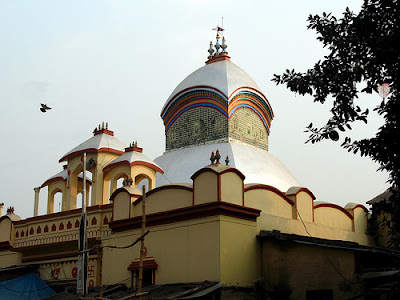India is a land of myth, legend, and spirituality, and the 51 Sati Pithas are a testament to this fact. The Sati Pithas are considered to be the most sacred pilgrimage sites in India, and are believed to be the places where the body parts of Sati, the wife of Lord Shiva, fell after her death. These sites have a deep-rooted connection to Hindu mythology and have been revered by devotees for centuries.
The 51 Sati Pithas are scattered throughout the Indian subcontinent, with each site having its own unique story to tell. Some of the most popular and well-known Sati Pithas include Kamakhya Temple in Assam, Kalighat Temple in Kolkata, and Tara Tarini Temple in Odisha.
History and MythologyAccording to Hindu mythology, Sati was the daughter of Daksha Prajapati, a powerful king and ruler of the universe. Sati was married to Lord Shiva, but her father did not approve of the match. In a fit of rage, Daksha Prajapati organized a grand yajna, inviting all the gods except Lord Shiva and Sati. When Sati learned of this, she went to the yajna and confronted her father, who insulted her and Lord Shiva. Unable to bear the humiliation, Sati immolated herself in the yajna fire.
Visiting the Sati Pithas
Visiting the Sati Pithas is a spiritual journey, and many devotees believe that doing so can bring them closer to the divine. The pilgrimage is considered to be a way to seek blessings, offer prayers, and gain spiritual enlightenment.
Each Sati Pitha has its own unique history, architecture, and rituals. Some of the temples are grand and ornate, while others are simple and rustic. The rituals and practices followed at each temple also vary, but they all have one common goal - to seek the blessings of the goddess.
ConclusionThe 51 Sati Pithas are a significant part of India's cultural and spiritual heritage. They offer a glimpse into the rich mythology and history of India and are a testimony to the devotion of its people. A pilgrimage to the Sati Pithas is a journey through time, mythology, and spirituality, and is a must-do for anyone interested in India's cultural and spiritual legacy.
Details Myths and Legends of particular Sati Pithas coming soon..... Please follow....
All ready 1 to 21 legendary story (Myths) updated...... Please see...

























































